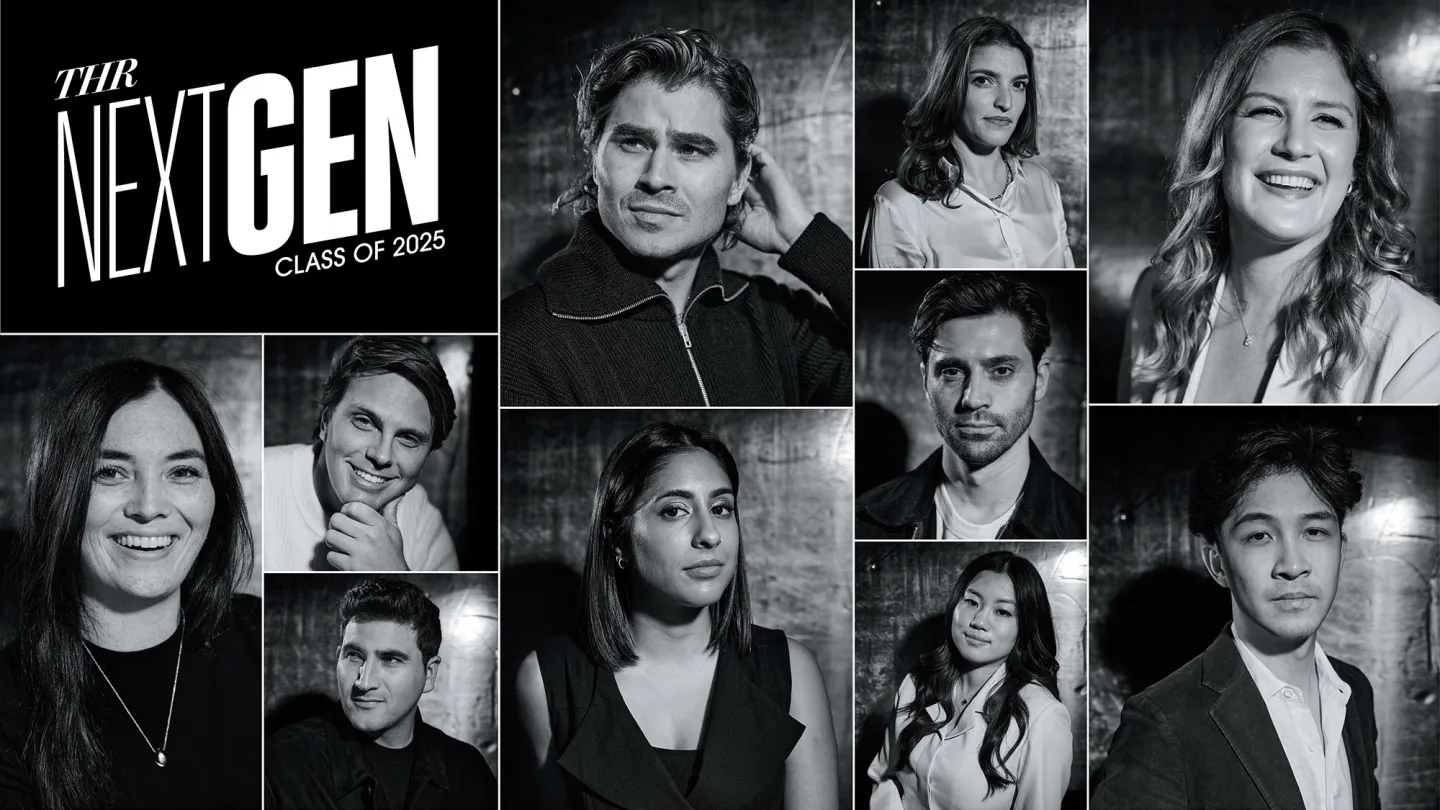Copyright M Live Michigan

ANN ARBOR, MI — Willis Patterson treated others like a big family, and singers around the world revered him for his care in his community, job, music and advocacy for Black performers, some who knew him said. “He used to laugh and talk to me,” Louise Toppin, a vocalist and professor of music at UM, said. “He’s like, ‘You’re doing too much, you’re doing too much.’ And I said, ‘We have you as an example. What are we supposed to do?’” Patterson, a talented singer, Ann Arbor native and the first Black professor at the University of Michigan School of Music, Theatre and Dance, died Oct. 22 in Ann Arbor. He was 94. His funeral services were Nov. 4, at First Congregational Church, 608 E. William St. in Ann Arbor. Patterson joined the university faculty in 1968. In 1976, he became the chair of the voice faculty, and he was named associate dean for undergraduate studies and minority affairs in 1979. During his three decades at UM, Toppin said Patterson pushed to increase the population of Black faculty and students, especially those from Michigan. “He started that conversation long before the conversation would have started,” Toppin said. Patterson wrote numerous academic articles arguing why it was important to include Black music in discussions related to American art songs. Her specialty is in African American music and she and others feel they owe their work, at least in part, to Patterson, said Toppin, who lives in Ypsilanti. “So, he inspired me so much that that’s the field I went into,” Toppin said. Toppin said, according to her friends, Patterson would visit students’ families and convince them to apply to UM. “It was like a football coach going to recruit players that he was really intentional in his work and in his recruitment,” Toppin said. “(It was his) family-centered approach that he was like a big dad to all of us.” Toppin, who received her doctoral degree from UM in 1990, first met Patterson when she was 4, after her parents accepted faculty positions at West Virginia University, where Patterson previously worked. She remembers meeting him in costume backstage for his performance in the opera “Amahl and the Night Visitors.” She said Patterson was an “extraordinary singer” in both classical and jazz music. Toppin also recalls Patterson’s laugh and warm demeanor. “He was always with kindness and he was always looking out for us,” Toppin said. “He was trying to, like a father would, take care of you to make sure that you knew what resources were available so that your time at Michigan could be successful.” Although Toppin was never a student of Patterson, he considered her as part of his family. Patterson was born Nov. 27, 1930, north of downtown Ann Arbor, according to his obituary. He graduated from what is now Pioneer High School in 1949 and then enlisted in the U.S. Air Force. Patterson attended Eastern Michigan University before transferring to UM, where he obtained his bachelor of music in 1958 and his master of music in 1959. He earned a Fulbright scholarship to study music and singing in Germany after he graduated and joined in 1959 the teaching faculty at Southern University in Louisiana, a historically Black university. Three years later, he began teaching at Virginia State University, another public historically Black college. He taught at Virginia State University for six years before he returned to Ann Arbor. Toppin said said his prior faculty roles at historically Black universities prepared him to expand Black voices at UM. “Had he not gone to Southern and Virginia State and just instead gone directly to Michigan, he would not have had that journey and become the voice of African American art song,” Toppin said. Patterson was president from 1990 to 1994 of the National Association of Negro Musicians and would attend conventions. Afterward, he and other members would go to a bar with a piano and sing jazz, Toppin said. She said Patterson, inspiring and motivational, was dedicated to perfecting his students’ vocal skills. “He wouldn’t have become successful if he wasn’t also meticulous,” Toppin said. “He wanted them to make sure the pronunciation was right. He wanted them to be able to sing technically to their strongest potential...and you wanted to do your best, you don’t want to disappoint your dad.” Ray Wade, a student at UM from 1986 to 1992, credits Patterson and his vocal lessons for his 30 years as a professional singer in Germany. “Without his guidance, I don’t think my voice would have lasted as long,” Wade, 61, said. “The technique that he gave me is really immeasurable.” He said he plans to honor his legacy by passing on those vocal techniques. He also called Patterson a “father figure.” “He was really an example of what I personally wanted to be as a man,” Wade said. Toppin said she would make efforts to visit Patterson, along with her doctoral advisor, in Ann Arbor after she graduated in 1990 through 2017, when Patterson encouraged her to apply for her faculty position. He also strengthened ties between UM and the Interlochen Center for the Arts in Northern Michigan and supported Black music throughout Ann Arbor. He organized the Black American Music Symposium, a national academic conference that took place Aug. 9-15, 1985 in Ann Arbor. “All the heavy hitters in the world of Black music came,” Toppin said. “People got to connect with scholars, artists that were doing this work.” He was an early conductor of the UM men’s glee club from 1969 to 1975, and in 1968, he founded a youth instructional program to provide free music lessons to students in Ann Arbor and Ypsilanti. He also founded in 1969 and directed the Willis Patterson Our Own Thing Chorale, a group of singers passionate about Black music. Patterson was a staunch supporter of the African American Cultural and Historical Museum of Washtenaw County. He received his PhD in higher education and administrative supervision from Wayne State University in 1993. Although Patterson retired in 1999 after 31 years at UM, he remained connected to the university, Toppin said. Outside of music, Toppin said Patterson was an avid reader, golfer and Michigan sports fan. She said he would read multiple books at a time, even when he moved to a nursing home. She describes him as a “trailblazer,” especially because “he took being ‘the first’ seriously.”



